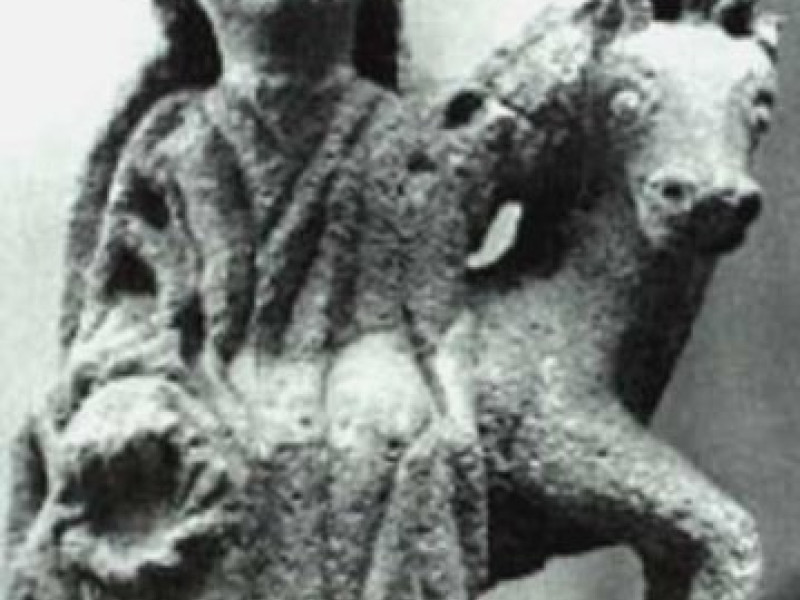Cernunnos
Cernunnos was the Horned One, because he wore antlers of a stag on his head. He was often called the "Lord of the Wild Things".
He was clearly a god of nature, and probably of fertility of animals and agriculture. Cernunnos was also a god of grains and fruits.
Cernunnos was equated with another god with stag-like antlers on his head, Belatucadnos, a British god of war. The Romans associated Cernunnos with their god Mercury (Hermes), though Julius Caesar associated him with Dis Pater, a chthonic god of the underworld. The early Christians associated Cernunnos with the Devil or Anti-Christ, because of pagan rituals.
The worship of Cernunnos could be found in France, the Alps, Italy, and in Britain. The most famous depiction of Cerrunnos can be found on the Gundestrup Cauldron (c. 1st century BC).
Related Information
Name
"Horned One",
"Lord of All Wild Things".
Cernunnos, Cerunnus.
Belatucadnos (British).
Mercury (Roman).
Related Articles
Belatucadnos, Mercury (Hermes).
By Jimmy Joe







